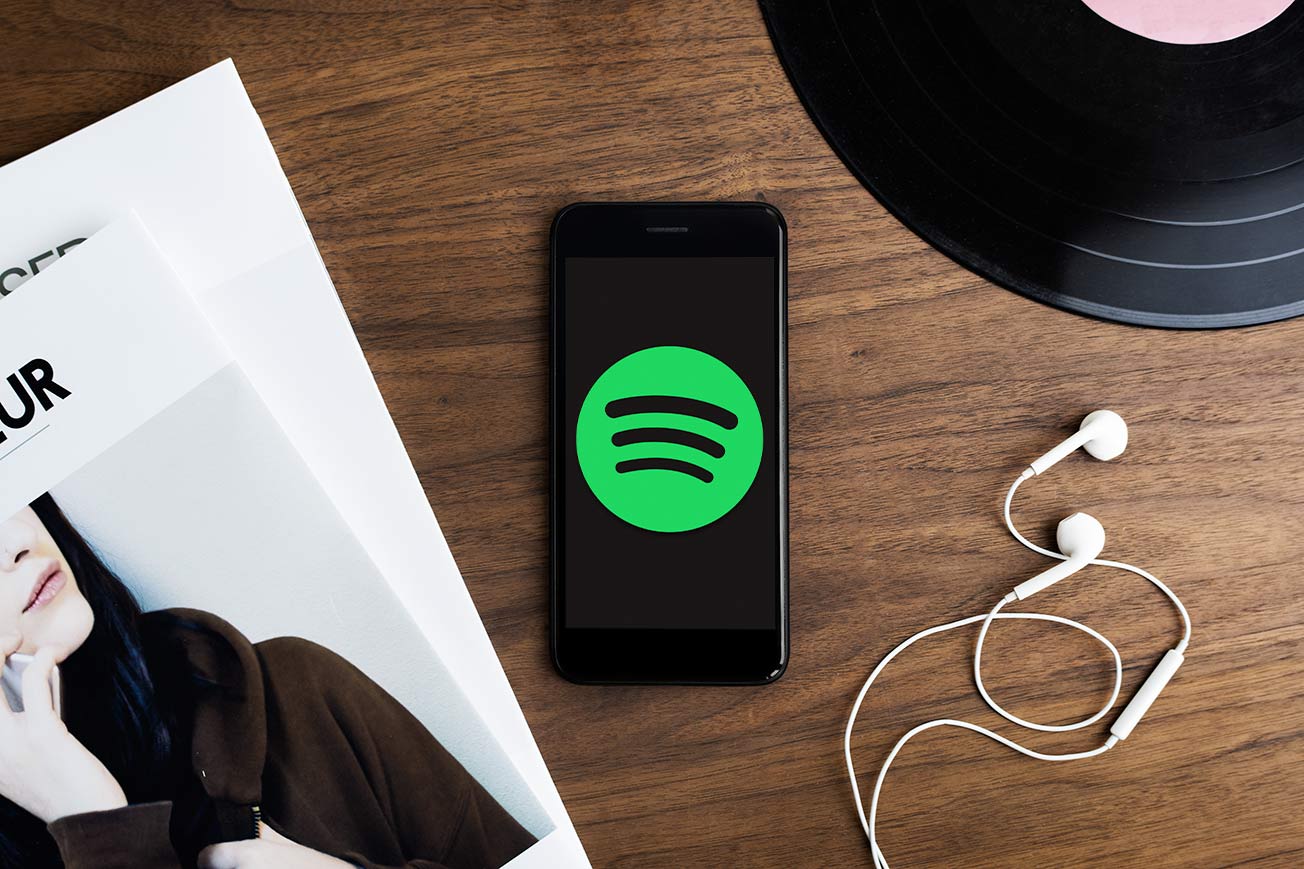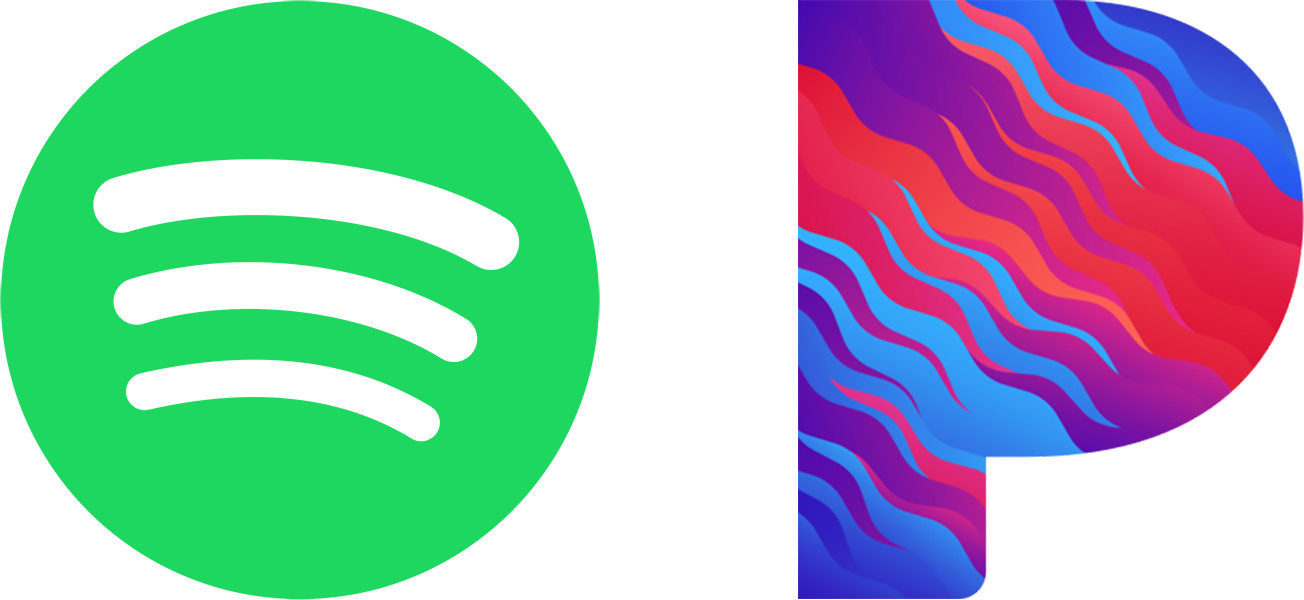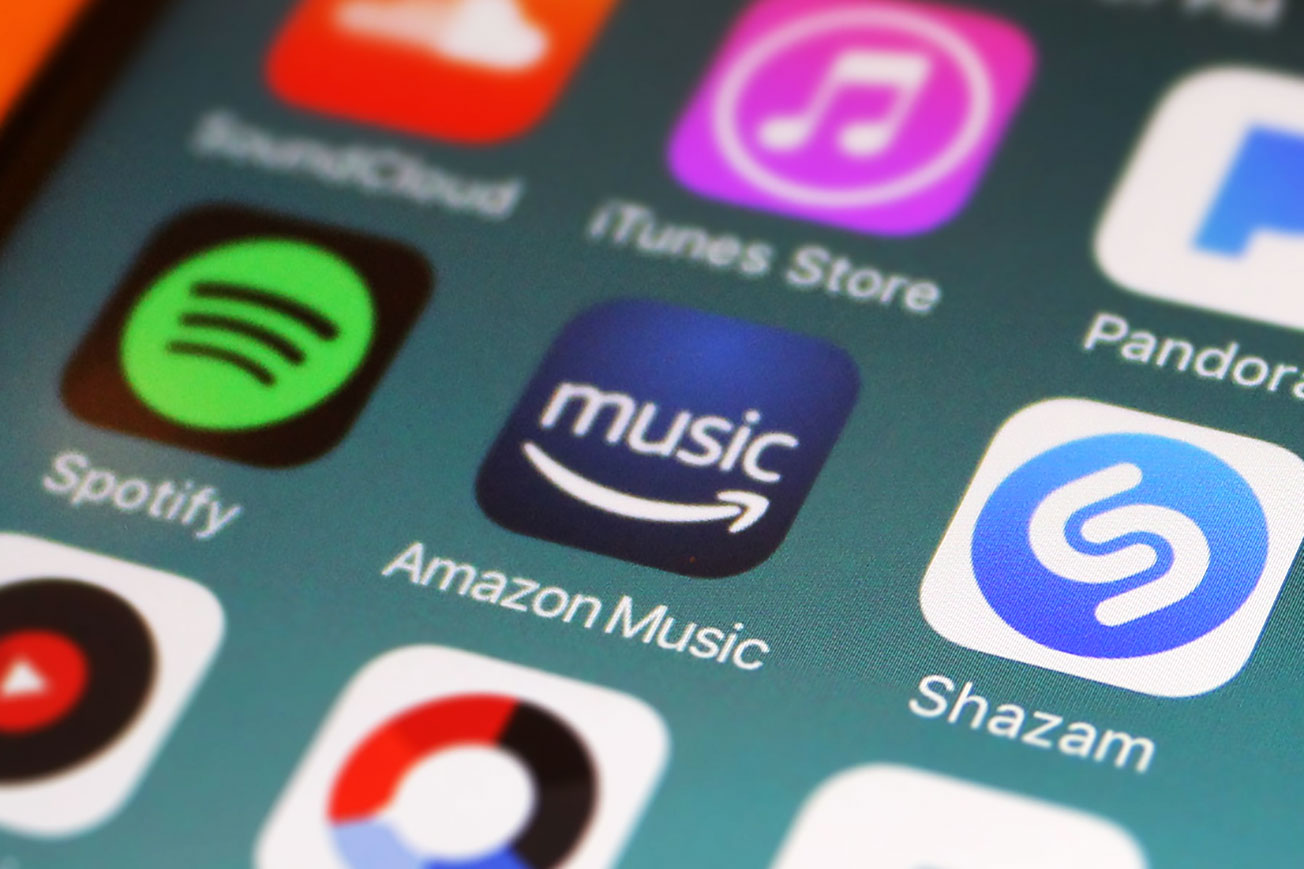Music Streaming Royalty Calculator
How much do streaming services pay artists? Use our music streaming royalty calculator to estimate how much your streams are worth on popular music streaming services.
Calculate potential royalties from Spotify, Apple Music, Google Play, Amazon Music, Pandora, SoundCloud, Napster, Deezer, TIDAL, and YouTube.
Please Note: This music streaming royalties calculator provides U.S. estimate earnings based on public information on various websites. The calculations are approximate fees, and they may change.
The estimated royalties do not include percentage splits from music distribution services, record labels, music publishing companies, etc. Actual royalty amounts will also change depending on music streaming memberships, country, currency values, and various other factors.
Read: How Music Royalties Work in the Music Industry. This guide breaks down the complexities of music royalties and music copyrights in the music industry.
What Are Music Royalties?
Music royalties are income payments paid to recording artists, songwriters, composers, publishers, and other copyright holders for the right to use their intellectual property. U.S. copyright laws give artists these exclusive rights to their work.
The four main royalty types include mechanical, public performance, synchronization, and print music. The music industry relies on these royalties as a primary form of payment to musicians.
How Music Streaming Is Changing the Music Industry

The introduction of streaming services transformed the music industry. The launch of iTunes in 2003 and Spotify in 2006 changed the way people consume music and the way musicians make music.
Streaming brings millions of songs to your fingertips. It’s easy to find and listen to songs, discover new artists, and access music from any device.
Plus, streaming platforms provide several benefits to artists in the music business. For example, streaming:
- Provides musicians additional income through royalty payments
- Boosts an artists’ exposure by putting their music in front of a global audience
- Offers artists various promotional and marketing opportunities
- Allows artists to engage better with their audience and fans
In 2019, streaming numbers topped a trillion for the first time in history. Music streaming also accounted for 80% of the revenue generated from recorded music. Millions of listeners pay for subscriptions!
The Two Types of Music Streaming Services

There are two types of music streaming: Interactive and Non-interactive.
Interactive or “on-demand” streaming includes platforms such as Spotify, Apple Music, Google Play, and YouTube. Listeners can “interact” with the streaming service. They choose what song to listen to whenever they want.
Non-interactive streaming platforms include sites such as Pandora, SiriusXM, and internet radio. These platforms play songs at random, without the ability to select specific tracks. However, the user can create a station or playlist based on an artist, song, or genre.
Both interactive and non-interactive streaming services pay out streaming royalties to songwriters and publishers.
Non-interactive streams generate performance royalties. Performance royalties are paid out whenever a composition is broadcast or performed in public. Performing Rights Organizations (PROs), like BMI, ASCAP, and SESAC collect and distribute these royalties to the rights holders.
Interactive streams generate both performance royalties and mechanical royalties. Mechanical royalties generate music income for the physical or digital reproduction and distribution of copyrighted works. This applies to all music formats such as vinyl, CD, cassette, digital downloads, and streaming services.
How Much Do Music Streaming Services Pay Musicians?

It’s difficult to answer how much an artist will make per stream due to several factors. For example, most music streaming platforms do not publicly announce their stream rate.
Other factors that affect how much money an artist will earn from streaming royalties include:
- An artists’ royalty rate or royalty percentage split
- The listener’s country and location
- The local currency rate of different regions
- Whether the listener has a freemium account or paid subscription
- Whether an artist is self-releasing or signed with a record label
Several variables make it challenging to predict what you’ll earn in streaming royalties. It’s near impossible to calculate precisely how much you’ll make.
However, we found rough estimate royalties currently being paid out to artists in the U.S. by the top music streaming platforms. There’s not a standard rate. Each platform has different earning potential.
The comparison table below shows streaming rates collected by musicians and third-party websites.
Streaming Music Service Payment Table
| Music Streaming Platform | Streaming Payouts |
|---|---|
| Amazon Music | $0.00402 |
| Apple Music | $0.00735 |
| Deezer | $0.00640 |
| Google Play | $0.00676 |
| Napster | $0.01900 |
| Pandora | $0.00133 |
| SoundCloud | $0.00327 |
| TIDAL | $0.01250 |
| Spotify | $0.00437 |
| YouTube | $0.00069 |
Read: How to Get More Streams on Spotify as an Unsigned Artist. This guide offers six tips on how to grow your fanbase and get Spotify plays as an unsigned artist.
Conclusion
The estimated earnings paid out for streams can seem discouraging. Especially after putting so much hard work and hustle into your music.
However, every cloud has a silver lining! The royalties paid to artists by music platforms continue to increase due to the rise in popularity and higher subscription rates.
Also, music streaming is not the only way an artist can generate income. There are several ways to generate income with your music or skills. For example, sync licensing, playing live gigs, selling merchandise, selling sample packs or presets, monetizing your YouTube channel, signing with a major label, offering music services, etc.